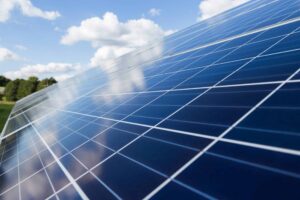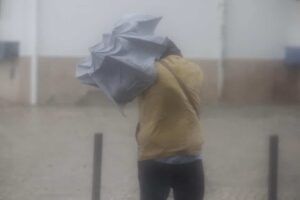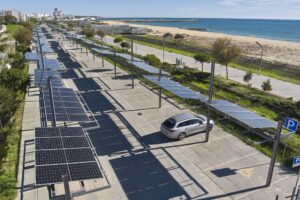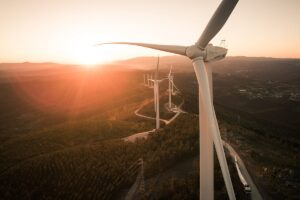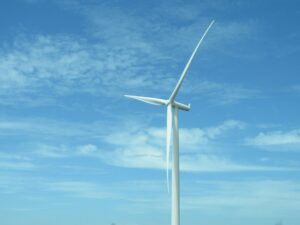By ADRIAN WRIGHT energy@algarveresident.com
Adrian Wright has worked in energy conservation for over 15 years and, in addition to an award winning UK consultancy, is now providing a design and consultancy service in the Algarve through a new company, Ambient Homes. In this series, he will try to help you to save money, protect the environment and have a warmer, healthier home.
A ZERO carbon home is the goal of many of today’s eco architects and energy consultants. Zero carbon, or carbon neutral, essentially means that a home generates more energy than it uses, for all purposes including heating, lighting, cooking and appliances. In the UK, all new homes being built must be carbon neutral by the year 2016, and Gordon Brown announced in the budget that such homes will be exempt from stamp duty.
So how easy is it to design a zero carbon home and can you make your existing home zero carbon?
Getting the fabric of the building right
Thermal mass
Thermal mass is a technical term for the use of specially designed walls, floors and ceilings to slow down the temperature fluctuations in a building. The “mass”, which can be made from concrete, bricks, clay, mud or even water, absorbs heat through the day and slowly releases it over night. Similarly, the mass can be used to prevent a property from overheating during the day, thereby providing a pleasant ambient temperature 24 hours a day.
Insulation
Eco homes should be super insulated to help retain heat during winter and repel excess heat in the summer to keep the property cool. Many homes in Portugal are constructed with a thin layer of spray foam insulation between a cavity wall. In an Eco home, the better method is to have all of the insulation (up to 300mm) on the outside of the building, enabling the whole wall to maintain a steady temperature inside.
Passive solar design
By careful planning, a house can be designed to both absorb the warmth from the low winter sun and be shaded from the high temperatures in summer. In addition to looking at the direction that windows in a house will face, it is also important to provide overhangs or other shading above certain windows to keep out the high summer sun. Shading could take the form of balconies or shutters fitted to the outside of the building.
Generating the heat and power
So now you have your home super insulated and using minimal heating and cooling due to your passive solar design. Hopefully you will have also filled your home with low energy lighting and “A” rated appliances for minimal energy use. Despite this though, you will still use energy in one form or another, so what technologies could you install?
Electricity generation
There are a number of methods of generating electricity including photovoltaic (PV) solar panels, micro wind turbines and hydro (the main source of Portugal’s renewable energy supply) from flowing water.
Each method has its limitations, in terms of the time of day that power can be produced, and a combination of wind and PV is often the best. Costs for a package of wind and PV will be upwards of 15,000 euros but, if you don’t have this amount spare, you could consider switching to a green electricity tariff, such as EDP 5DVerde, which commits to generating the energy you use from a renewable source.
In order to be truly carbon neutral you would need to generate more power than your home consumes. This would mean that you would either need to store excess energy in batteries for later use or sell excess energy back to the grid, which is not a simple thing to do in Portugal. Therefore a combination of renewables and signing up to a green tariff would be the best compromise.
Heating and hot water
If you design your home as described above, you should have little need for artificial heating or cooling. A wood burner or two should provide all the heat you need and the wood you burn is already carbon neutral. If more heat is required a ground source heat pump coupled with under floor heating is a good option and could be powered by PV solar panels.
The majority of your hot water requirement can be met with solar panels in Portugal and, if correctly designed, cooling can be achieved with natural ventilation/cooling methods or, if needs be, a solar air conditioning unit.

